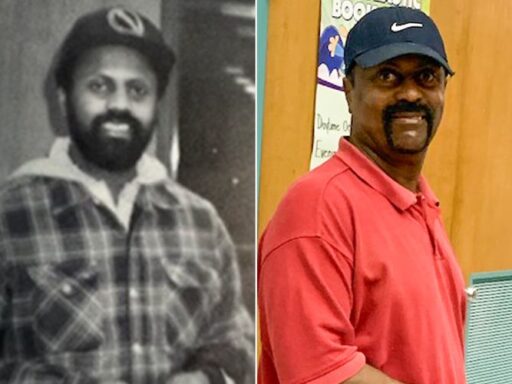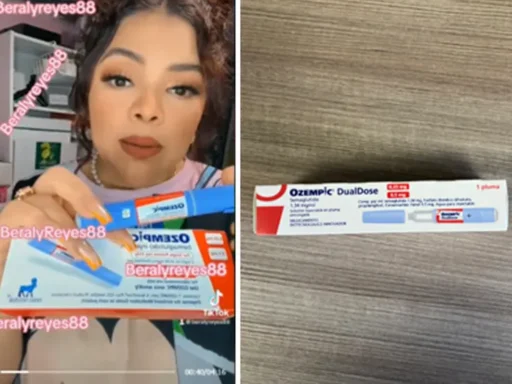
Some alarming statistics coming out of the CDC suggest Black drug users are now overdosing at a higher rate than whites who die from drugs in a majority of U.S. states.
via People:
In 2020, the most recent year for which numbers are available from the CDC, overdose deaths among African Americans rose nearly 55 percent from the year prior, while for whites the rate of increase was 31 percent.
The higher rates for Blacks are largely driven by the transition from heroin to fentanyl in the street drug supply, says UCLA addiction researcher Joseph Friedman, co-author of a study of increases in drug mortality rates by race and ethnicity in the American Journal of Psychiatry.
Heroin used to be the most common illicit opioid consumed in the U.S., but in recent years it has been progressively replaced by fentanyls, which are cheaper to produce and transport and much more potent, according to Friedman. “They are also more dangerous, and their market takeover has led to a huge increase in overdoses. As early as 2018, Black communities were more affected [by fentanyl] than white communities,” he says.
Another factor in the sharp rise in drug-related deaths among Blacks is structural racism, says Friedman. This includes discriminatory criminal laws, systematic barriers in access to health care, decreased substance use treatment engagement, and poor access to addiction specialists, especially for those from underrepresented minority backgrounds.
“The numbers are enormous and really discouraging,” says Desilynn Smith, clinical director at Gateway to Change, a behavioral health substance abuse treatment center. “I knew 11 people who passed last year, and five so far this year. They were all African Americans.”
Smith, 52, who has worked in substance abuse treatment in Milwaukee for more than 15 years, has seen this up close in the Black communities where she was born and raised. “We’re kind of put on the back burner for everything. Our expectation to thrive is limited in certain areas,” she says.
“African American [drug use] looks different, so a therapist has to understand this,” Smith adds. “And we all want to see someone like us when we are dealing with something like addiction in the beginning until we build trust up. But every door that I go to knock on, no one looks like me.”
Shame about addiction in the Black community adds to the impact, she says: “Shame and addiction go hand in hand with us. It’s not okay to be not okay.”
Smith says she felt the bite of this stigma after her husband died. Hamid Abd-Al-Jabbar, 51, with whom she shares a son, was a noted peace activist in the city; in February 2021 he died of a fentanyl overdose. “I felt the shame of letting everyone know about his addiction,” Smith says. “Shame because I thought about the different hats I wear in the community, not wanting my friends and coworkers to know, the fear of what people would say about me. I didn’t want to appear weak or vulnerable.”
She says she also considered the shame and stigma her husband felt. “He denied his struggles — he was the ‘hero’ to his family and in his community.”
In 2021, African Americans made up at least 45 percent of the fatalities in Milwaukee County. Smith says now she looks at the medical examiner’s report following every weekend and sees an average of three probable overdoses related to fentanyl in each report.
“The numbers are astronomical,” she says. “It has hit home hard.”
Something’s gotta be done…





